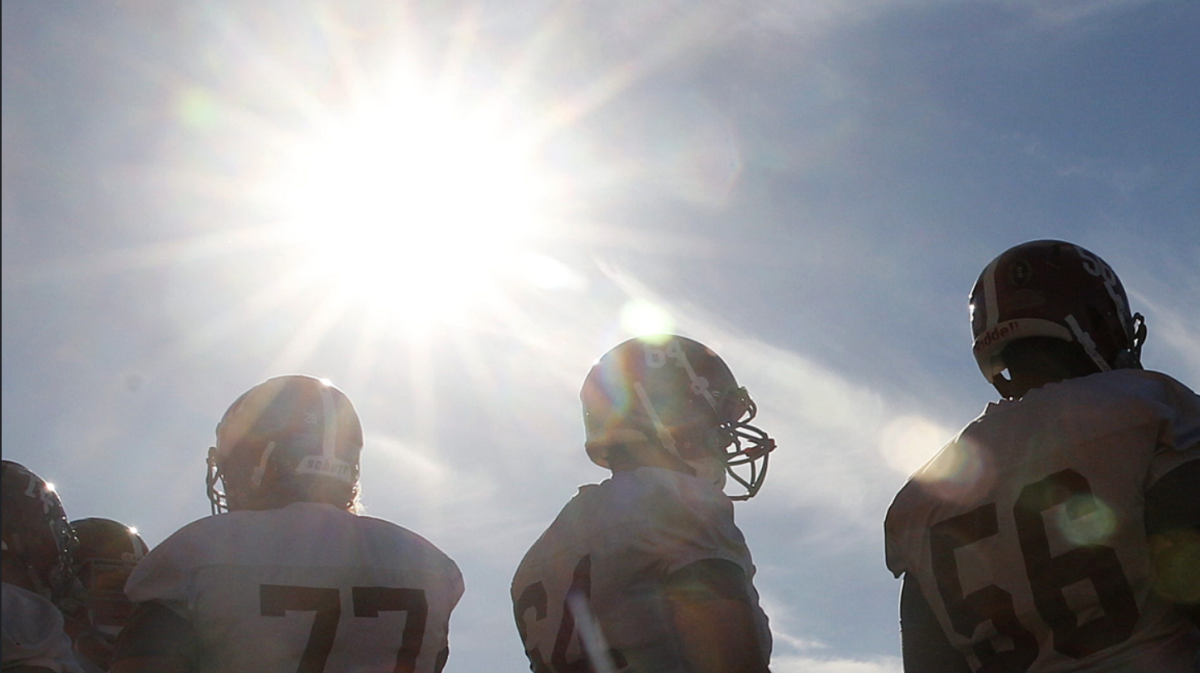What is a Heat Wave? A Heat Wave is a prolonged period of abnormally hot weather. Heat Waves affect high schools in California all the time, and it is vital to most high school sports as most schools, like Canyon High School for reference, only have outside fields. Southern California (SoCal) has seen an increase in severe, significantly prolonged heat waves. With heat waves becoming more common and intense worldwide, more studies have started on the health risks for athletes. Between 1950 and 2021, daytime heat events rose by around 1.76 degrees Fahrenheit per decade at many stations, with nighttime heat events also ever-increasing. Adding on to that, the number of heat events per decade grew at several different stations, highlighting the global trend of more common severe heat waves to come. Health is a big concern among schools for their athletes; most young athletes know how to handle the heat, but not all athletes do. Extreme temperatures affect a sports athlete’s performance, safety, game schedule, and FanFare.
High School athletes participate in outdoor practices and games all the time, which sometimes involves playing in the heat. However, Athlete Performance decreases in the heat, and Health issues and concerns rise. With the constant heat waves right now, more problems regarding athletes in the heat pop up. Most people don’t enjoy playing in the heat because it’s scorching, you tend to sweat a lot, and it is uncomfortable overall. Although it seems silly, people have died from heat stroke while playing sports. Death isn’t the only issue; heat waves tend to increase an athlete’s chance of getting some kind of heat-related illness, such as heat stress, heat exhaustion, and heatstroke. These illnesses are serious and can be severe or, in some cases, even fatal.
According to the NIH, about 2% of sport-related deaths and almost 15% of all football deaths are from exertional heat stroke. Most sports at a high school are outside only. As an illustration, some fall sports at Canyon that are particularly exposed to the heat are cross country and football. Many heat-related issues are easily preventable with the proper measures; however, most athletes may not recognize or even report their symptoms. Heat tends to stress out the body, causing the core temperature to rise rapidly. This tends to make it very difficult for athletes to control. According to the NIH, this stress lowers performance as the body relies more on anaerobic energy, increasing lactate buildup. In shape, fit athletes acclimated to heat and well-hydrated tend to perform much better than average, but sometimes, individual responses vary widely. In extreme scalding heat, performance from athletes tends to suffer significantly because the body has limits on handling high temperatures.
Heat tends to stress and impact athletes and their performance by increasing their lactate and glucose levels, while acclimatization helps manage these but doesn’t permanently eliminate their effects. As much as sweating isn’t fun, sweating is a crucial step for cooling, but dehydration can impair this process and raise core temperatures. The cardiovascular system also strains as it pumps more blood to the skin for heat dissipation, which can reduce blood volume and cardiac filling. If the body’s compensatory mechanism, like adjusting blood flow and heart rate, is insufficient, it can lead to hyperthermia and diminished performance.
For reference, a few tips for athletes to avoid heat exacerbation, athletes should do their best to drink plenty of water throughout the day, even if they don’t feel thirsty. Wear light-colored, loose clothing to stay cooler. Take plenty of breaks in the shade and cool down if you feel too warm. Most importantly, if you feel dizzy or weak, stop and rest right away.

